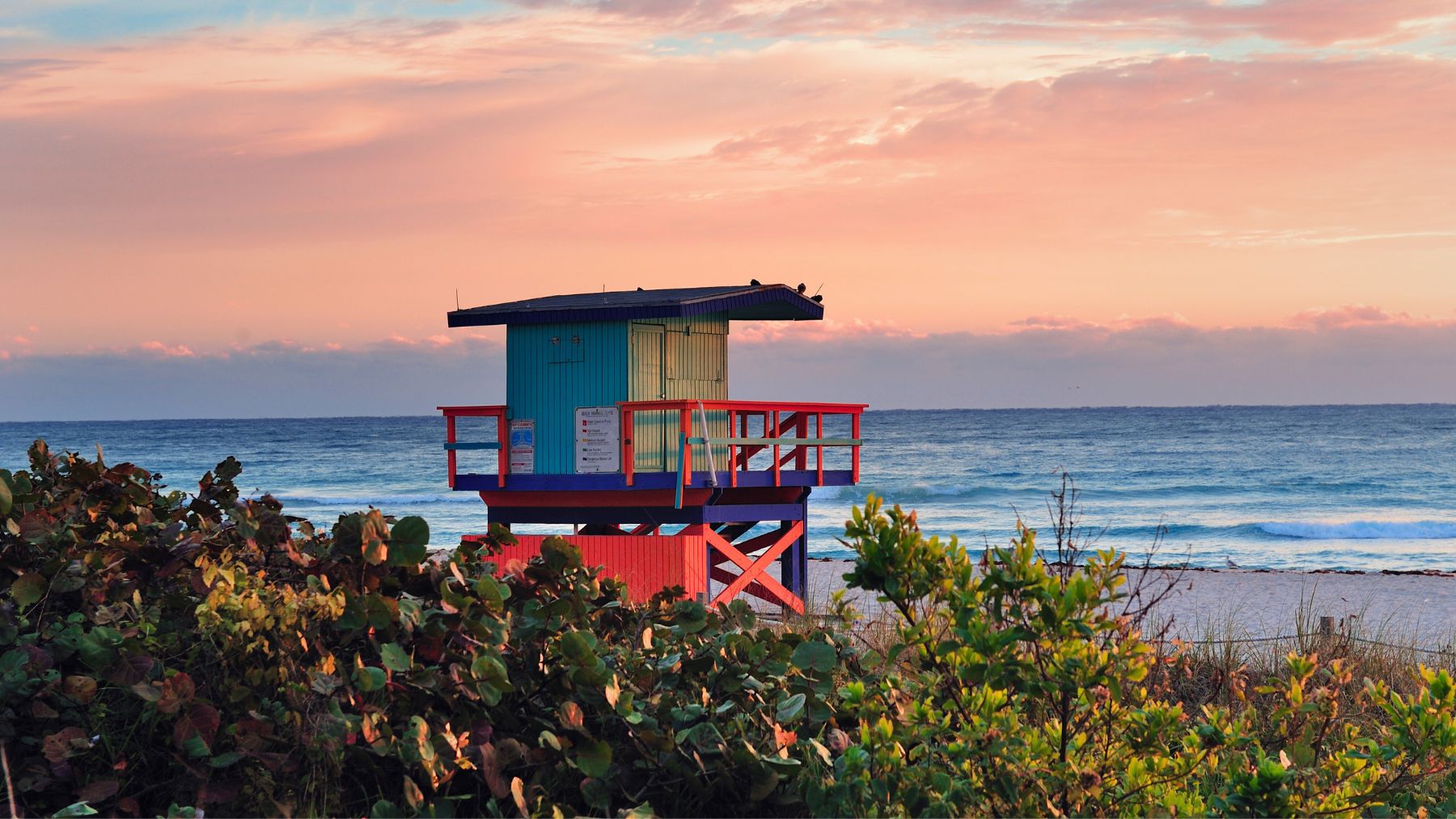A rare but serious bacterial infection is spreading along the Gulf Coast, leaving 8 people dead and at least 32 sick. Health departments in Louisiana, Florida, Mississippi, and Alabama are warning locals about a growing threat tied to coastal waters.
Here, we’ll explore what makes Vibrio vulnificus so dangerous and why this outbreak is unusual. Then, we’ll share practical precautions you can take to stay safe if you live in or visit the Gulf Coast regions this summer.
What is going on along the Gulf Coast
Health officials confirmed 17 cases of Vibrio vulnificus in Louisiana this year, in addition to four deaths. Florida reported 13 cases and also saw four fatalities. Mississippi and Alabama each confirmed one non-fatal case. Most infections—about 75% in Louisiana—stemmed from open wounds exposed to seawater.
This bacterium thrives in warm, brackish water, especially between May and October when Gulf Coast temperatures rise. It’s naturally present in coastal waters and shellfish, particularly oysters. Infections can occur if contaminated shellfish are eaten raw or undercooked, or if seawater enters an open cut, wound, or recent tattoo.
Symptoms vary by type of infection. A wound-related case may involve fever, chills, painful swelling, discharge, and dark lesions. If the bacteria enter the bloodstream, patients can develop blistering skin lesions, low blood pressure, dizziness, and organ damage—often within hours. Mortality rates can reach 25% in wound infections and up to 50% when the bloodstream is involved.
Why Vibrio vulnificus demands caution
This outbreak is drawing attention because it may be tied to rising sea temperatures and changing coastal conditions. Experts say warmer Gulf waters—possibly linked to climate trends—are allowing Vibrio vulnificus to flourish more than usual.
The infection remains rare—only about 100 to 200 confirmed US cases per year—but its severity makes it a concern. According to CDC data, there are roughly 80,000 vibriosis cases annually in the US, most caused by other forms of Vibrio, typically linked to foodborne illness. However, Vibrio vulnificus causes the most severe outcomes.
People with liver disease, diabetes, compromised immune systems, or chronic kidney disease face higher risks. Health officials strongly advise such individuals to avoid raw seafood and to protect skin wounds near coastal waters.
How to protect yourself from infection
If you live in or visit Gulf Coast states, here’s what to keep in mind:
- Avoid swimming in salt or brackish water if you have cuts, scrapes, or new tattoos. Even minor wounds can allow bacteria entry.
- Don’t eat raw or undercooked shellfish, especially oysters. Some wounds are linked directly to contaminated seafood.
- Handle seafood properly. Wash your hands and utensils thoroughly after dealing with raw shellfish.
- Cover any wounds with waterproof bandages before exposure to coastal water.
- If you feel symptoms like fever, chills, severe pain, skin lesions, nausea, vomiting, or diarrhea after coastal activity or consuming seafood, seek care immediately.
These precautions aren’t meant to alarm, just to provide awareness. With early treatment, antibiotics can be powerful, and while Vibrio vulnificus is rare, being informed can make the difference between recovery and crisis. Knowing how infections occur, recognizing symptoms early, and taking basic protective measures can reduce your chance of harm.
